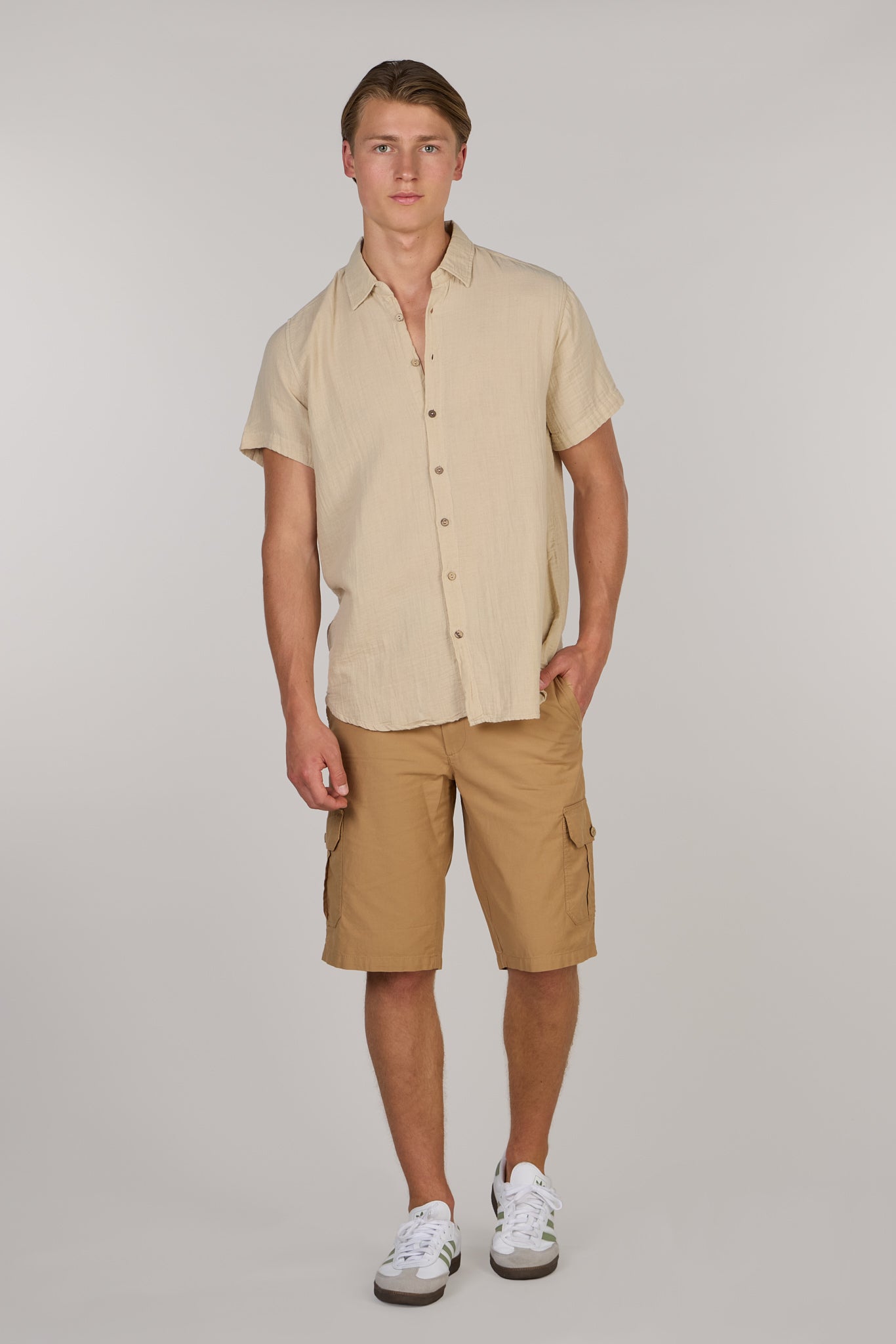
Fast fashion is a term we hear a lot these days. It’s about making clothes quickly and selling them cheaply. This approach lets people buy the latest trends all the time, like grabbing candy at a store. But while it can be thrilling to wear something new every week, this has a big impact on the environment.
The race to bring out new styles means factories run overtime and natural resources are used up quickly. Water, air, and soil are getting harmed by the processes involved in fast fashion. All this for clothes that might not last a season before ending up in a landfill, adding to the heap of textile waste our planet already struggles with.
It’s important that we understand how our shopping habits affect our world. By thinking more about what and how much we buy, we can make choices that are kinder to the environment. Looking for sustainable alternatives is a great step toward reducing the damage caused by fashion today.
Understanding Fast Fashion
Fast fashion is all about creating clothes quickly to match the latest trends and selling them at low prices. This approach has grown rapidly since big retailers realized they could produce clothes faster and cheaper by using factories in countries with lower labor costs. As a result, consumers now have access to a constant flow of new styles every week, encouraging people to buy more clothes than ever before.
This rapid production cycle influences how we shop and dress. People are drawn to buy trendy clothes more frequently because they are affordable, but these garments are often made with less durable materials. The focus is mainly on the speed and cost, which means quality usually takes a backseat. This pattern leads to a cycle where clothes are worn a few times and then discarded. As consumers, we begin to view outfits as disposable, eager to swap them out for the next big thing.
Fast fashion has changed how trends spread and evolve. Innovations that were once seen only on high-end runways now appear in local stores almost instantly. This flood of fashion options promotes an endless loop of buying and discarding. Understanding fast fashion helps us realize the environmental impacts these habits bring, pushing us to rethink our shopping choices for a more sustainable future.
Environmental Consequences of Fast Fashion
Fast fashion has serious environmental consequences that affect the planet drastically. One of the biggest problems is pollution. Producing these clothes generates a lot of toxic substances that end up in our waterways and the air. Factories often release dyes and chemicals that contaminate rivers and oceans, harming aquatic life and affecting the cleanliness of water for surrounding communities.
The enormous consumption of resources is another major concern. It takes a lot of water to produce fabric, sometimes thousands of gallons for a single T-shirt. Additionally, the energy required to power factories is immense, leading to higher greenhouse gas emissions that contribute to global warming. This intensive use of water and energy creates a substantial drain on natural resources, making them scarce for other important uses.
The production and disposal processes of fast fashion also contribute to significant waste that damages the earth. With each new fashion season, leftover clothes often find themselves burnt or buried in landfills, which releases harmful toxins into the atmosphere. Comprehending these environmental effects empowers consumers to make choices that favor the planet. By opting for more sustainable options, we can lessen the harm done and help protect our natural world.
The Problem of Textile Waste
Fast fashion contributes significantly to the problem of textile waste. As the demand for rapidly changing styles increases, so does the production of cheap clothing that wears out quickly. With clothes being so affordable, many end up throwing out old garments, creating a massive heap of waste each year. The textiles that pile up in landfills do not break down easily, leading to long-term environmental issues.
These landfills are not just eyesores; they pose serious environmental risks. As clothes decompose, they release toxic chemicals and greenhouse gases. Many synthetic fibers can take hundreds of years to degrade, causing soil and water contamination. The dyes and chemicals used in fast fashion also seep into the ground, further damaging ecosystems.
Addressing textile waste requires a change in how we view and use clothing. By understanding the consequences of throwaway fashion, we can take steps to reduce our impact. Recycling textiles, donating clothes, or choosing second-hand options are some ways to tackle the growing waste problem effectively. Each small action contributes to lessening the environmental harm caused by discarded fashion.
Moving Towards Sustainable Alternatives
Shifting from fast fashion to sustainable alternatives involves making thoughtful choices about what we wear and how it's made. Consumers can start by buying fewer, high-quality items that last longer. This reduces the need for frequent replacements and lessens the burden on the environment. Embracing timeless styles over fleeting trends encourages conscious consumption.
Supporting eco-friendly brands is another excellent way to promote sustainability. Look for labels that prioritize ethical production methods and transparency. Brands that commit to sustainable fabrics, fair labor practices, and reduced emissions are leading the way in creating a more sustainable fashion industry. Educating ourselves about these brands helps make informed decisions.
Communities and organizations also play a large role in encouraging sustainable practices. Clothing swaps, repair workshops, and educational campaigns raise awareness and offer practical solutions. By participating in these initiatives, individuals can learn how to make clothes last longer and minimize their environmental footprint. Together, consumers and brands can foster a culture that values sustainability over fast fashion's immediate appeal.
Conclusion
The fast fashion industry significantly impacts our environment, contributing to pollution and resource depletion, alongside rising textile waste problems. Understanding these issues makes it clear that change is essential. By shifting towards sustainable alternatives, we not only help the planet but also promote a future where fashion respects the environment.
As we rethink our choices, Just Nature invites you to be part of the solution. Explore our range of sustainable options that align style with environmental responsibility. Together, let's take a step towards a healthier planet by making informed and sustainable fashion choices. Join us in this journey to transform the fashion landscape for a brighter future.






